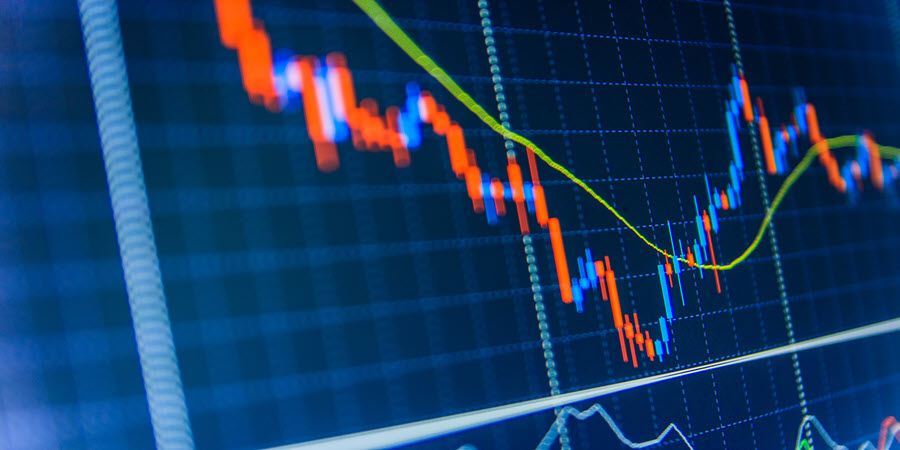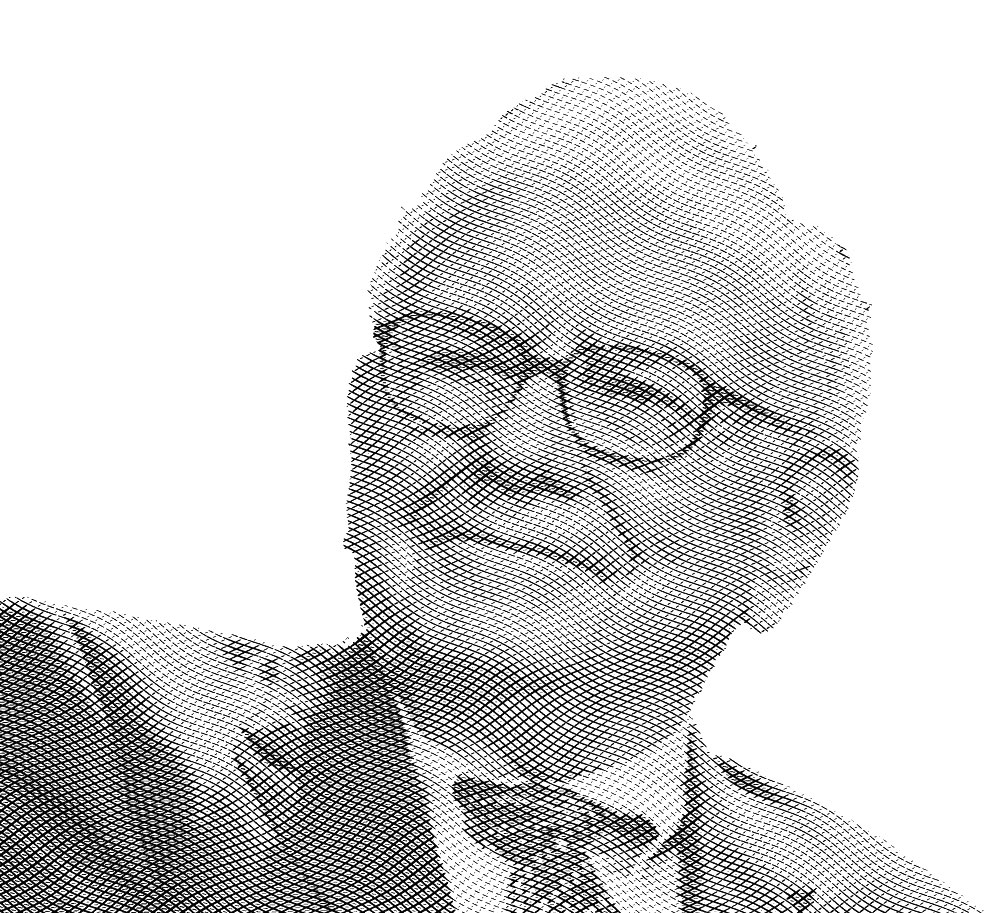by Hubert Marleau, Market Economist, Palos Management
What Happened In the Stock Market Last Week:
The technology heavyweights suffered big losses preventing the April rally from continuing. The market treaded water. Yet, central banks’ (BoJ, ECB and FRB) gave assurances that they will continue to provide liquidity to the financial system, aid their governments in reducing the solvency risk and keep their expansionary monetary programs for as long it’s going to take to restore economic normalcy. Additionally, there was promising news on coronavirus treatments.
Concerns over the decision of many state governments to reopen their economy too soon and too fast, widespread suspensions of financial guidance by listed companies, talk of skipping debt payments to China and Trump’s crash course for a new trade war with China scared many dealers, traders, hedge funds and CTAs. Worried that stocks may not reflect the dire economic realities, they unwound their long gamma positions in stocks to take profit. Their actions brought fast moving and volatile markets forcing many money managers to rebalance portfolios.
In the week ending May 1, 2020, the S&P 500 registered a 0.2% decrease to close at 2831, within the trading range (2550-3050) that we established as appropriate a few weeks ago. In spite of the atrocious GDP numbers for Q/1 in the U.S. and the EuroZone, the global markets for copper, dollars, gold, oil and bonds were relatively stable. Interestingly, the St-Louis Fed Financial Stress Index increased for the first time in five weeks to 196, alerting businesses to be cautious. Acknowledging that no one is too big to fail, many corporations took advantage of the relative calmness of the auxiliary markets to raise billions of dollars of capital in the form of straight bonds, convertible bonds and equity.
The U.S. GDP In Q/1: Consumption Is the Path Toward Economic Restoration
The longest U.S. economic expansion on record came to a brutal end last March. The Commerce Dept. reported on Wednesday that the U.S. GDP fell at a 4.8% annual rate in Q1. Consumer spending, the bedrock of the decade long business expansion, fell at a 7.6% annual rate. As one would have expected, the service sector and the durable goods sector were hit particularly hard, decreasing at the annual rate of 10.2% and 16.1% respectively.
A surge in grocery shopping, online and physically, brought about an annual rate of spending on nondurable goods increase to 6.9%. Business investment dropped at the annual rate of 8.6%. Investors should be aware that the aforementioned numbers are based on incomplete data. The full brunt of the closing of businesses and widespread layoffs will be captured in Q/2. Consequently, the overall economic damage will be considerably larger in the Q/2. GDP. It will probably contract at an annual rate of about 25%.
While it is difficult to predict what will be the span and the shape of the economic recovery, it remains that production and consumption have not been lost, but deferred. What has not been spent in March and April rests in the bank accounts of households and corporations. The personal savings rate (personal savings as a percentage of personal disposable income) rose to 13.1% in March, the highest level in 39 years. Personal savings totalled $2.2 trillion.
Given the April level of consumer confidence measured by the Conference Board, I suspect that the household sector reigned in more spending and hoarded more cash in April than it did in March. Assuming that the personal savings rate rose to 20.0% in April—a reasonable likelihood—the level of personal savings could have reached $3.2 trillion. Normally, the household sector saves around $1.25 trillion or 7.5% of it’s disposable income. In the ten weeks ended April 24, MZM increased $2.2 trillion to $19.8 trillion---that’s an annual rate of increase of 60%! MZM is transaction money with zero maturity--money ready to be spent.
It is not my intention to downplay the significance of the ongoing collapse in business activity. I realize that in order to fully remobilize economies, countries need to test millions of people per day to incentivize staff to return to their workplaces and consumers to resume visits to shops, restaurants, bars, hotels, and places of entertainment. Indeed, consumers are on the front lines of this downturn.
However, there is a tremendous amount of pent-up demand to lift economies out of their current misery. Credit card spending is down 35%. The resilience of an economy is dependent on having enough resources (savings) in storage to fight another day until the business efficiencies kick in to bring back a profitable economy.
At some point, the producers and consumers will respond to the bulldozing measures of the Governments and Central Banks. The new found savings that consumers were forced to have to accumulate will eventually find a way into expenditures as the economy opens up. Americans love to spend. The latest survey by the Conference board reported an increase in consumers’ expectations for six months in the future.
As a rule, the spending propensity of consumers ties in neatly with an accelerating money supply. It may be very bold to predict precisely what kind of shape the recovery will take. Are we going to have a fast or slow recovery? Most forecasts are made under uncertainty and are often right because of luck or wrong because of hidden information.
Nevertheless, the next phase will be determined by the willingness of consumers to turn pent-up demand caused by the large bounce in private savings into actual spending and the hitch of dispensing with abnormally high bank balances. Presently, the standard bet is for a v-shape recovery. The question mark is when will the inflection point occur. The consensus is that it will happen sometime in the second half of 2020, but not without some behavioral shifts. In this respect, one should focus his investment strategy on what the rolling lockdowns, reliance on technology and preponderant government spending will bring. The coronavirus is an accelerant.
Copyright © Palos Management















